We adore peas, especially in the spring and summer months. They’re sweet, tender, and versatile. While we will happily eat them on their own, they’re also a staple in our salads, soups, and casseroles! They may be common in your produce aisles, but there’s so much you don’t know! For starters, did you know they’re not really a veggie? That’s right! The pod is actually a fruit, and the peas inside are seeds. If you’re ready to learn a bit more about these little green cuties, read on!
Variety:
There are three main types of peas.
English peas, also called green peas or garden peas, are probably what you think of when you hear peas—they’re the small green balls, as they don’t have edible pods. English peas are the most nutritious of the three varieties. Even with the added nutritional benefits, you’re less likely to find these fresh in your grocery store than the others because you’ll have to shell them yourself. You can almost always find them frozen or canned though, and if you’re really craving fresh English peas, try growing them yourself!
Snow peas are the flatter looking pea pods. Unlike English peas, these are grown for their pod instead of the peas inside. Snow peas grew in popularity through the rise of Chinese cooking around the world.
And last, but certainly not least, are sugar snap peas, which have puffy, edible pods filled with pea seeds. They actually look rather similar to English peas in the pod, except sugar snap peas are a bit more cylindrical and curved. They also have a good bit of added fiber, which is great if you’re lacking fiber in your diet.
And did you know split peas aren’t really their own variety? They’re simply the product of dried snow and sugar snap peas!
History:
Believe it or not, peas are one of the oldest cultivated crops in the world. They are native to the Mediterranean region and ancient remains of peas were found in the Middle East. Europeans then distributed this sweet produce to the new world as they began colonizing of other parts of the globe.
Selecting:
When you’re shopping for fresh peas in the pod, choose small or medium-sized pods. They’ll be more tender and sweet than the larger pods. For snow peas, choose shiny, flat pods. For sugar snap peas, choose bright green, plump, firm pods that are bulging with peas. For both, avoid cracked, limp, or speckled pods. Test for soft, green stems, leaves, and tips. You can also break a pod open to test. If they make a snapping sound, it’s a pretty safe bet!
Storing:
Plan on eating peas as soon as you can after they’re picked—before the natural sugars in peas turn to starch. Be sure to store them in a cold and moist space, like the crisper drawer in your refrigerator. Just make sure they’re in a perforated plastic bag! They should last up to seven days.
Yield:
A pound of fresh peas in the pod should yield about a cup of shelled peas.
Substitutions:
If you don’t have fresh peas, you can use frozen or canned peas. Out of those too? You can try fresh black-eyed peas or lima beans!
We’d love to hear how you like your peas. Let us know in the comments, peas and thanks.
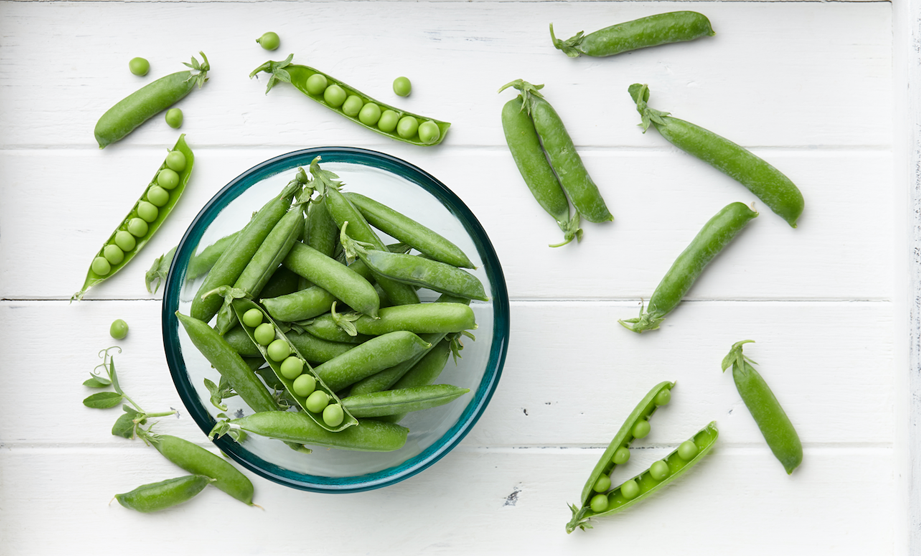
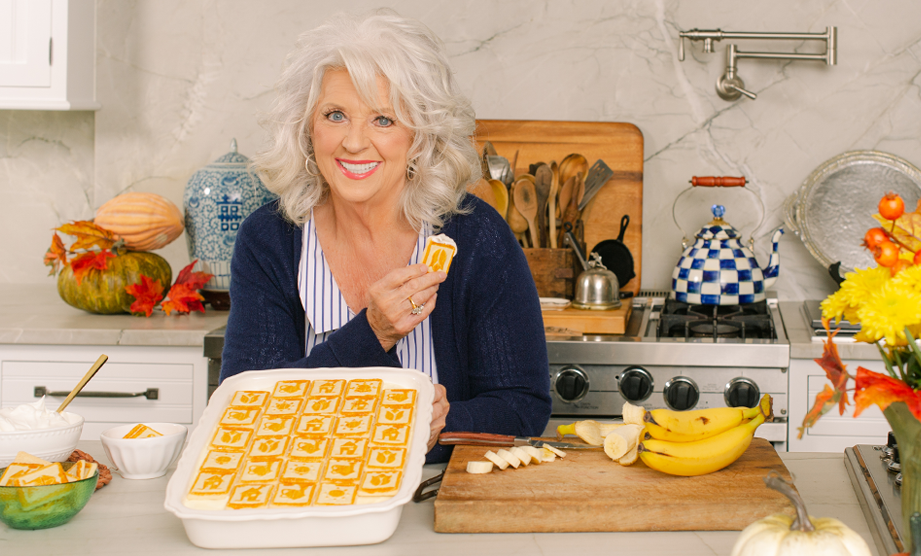

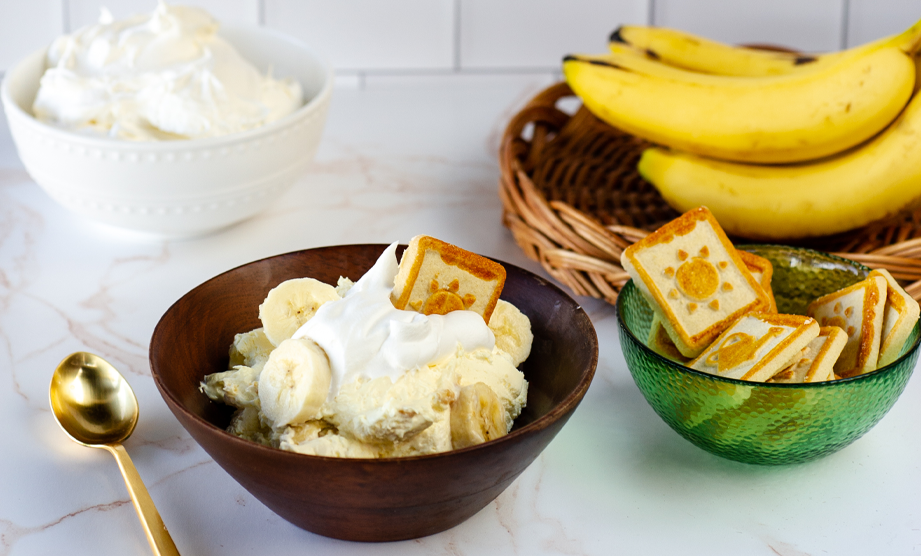

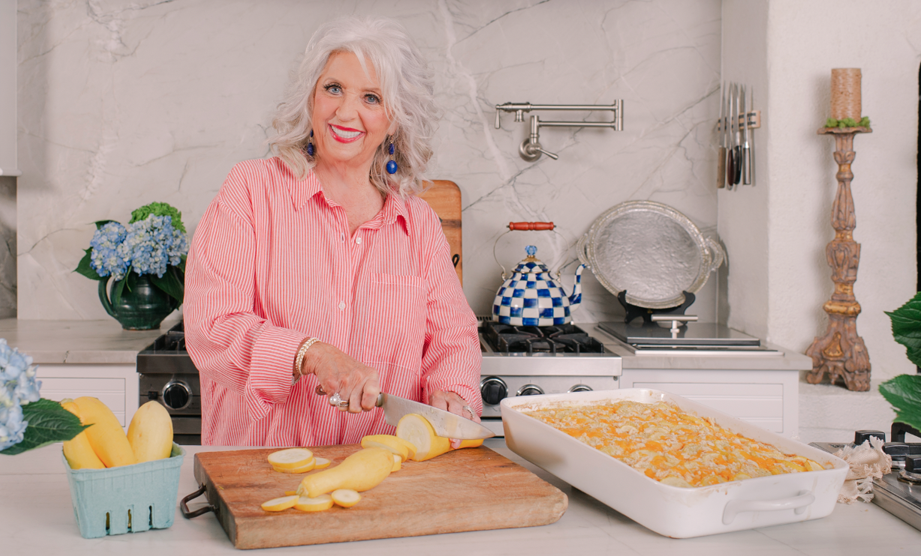
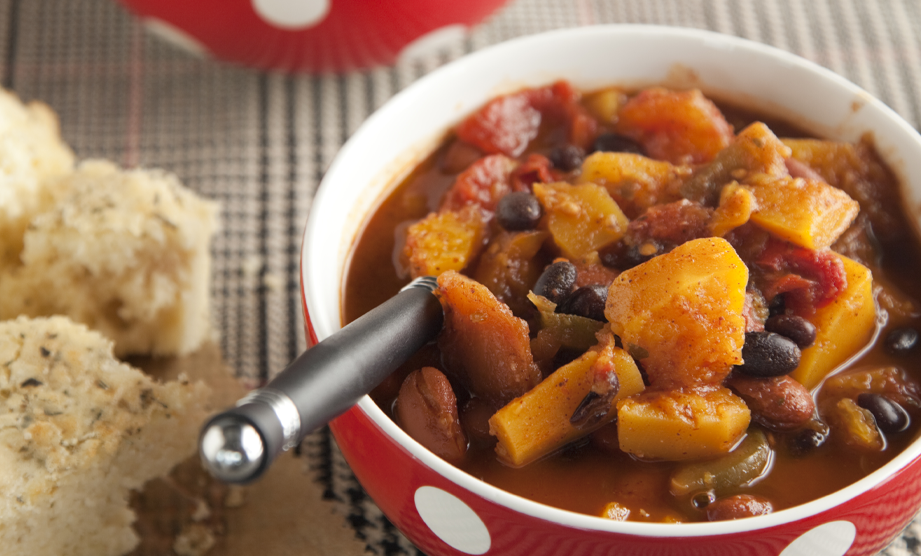


YOU’RE NOT SIGNED IN. LOGIN OR JOIN TO POST A COMMENT.